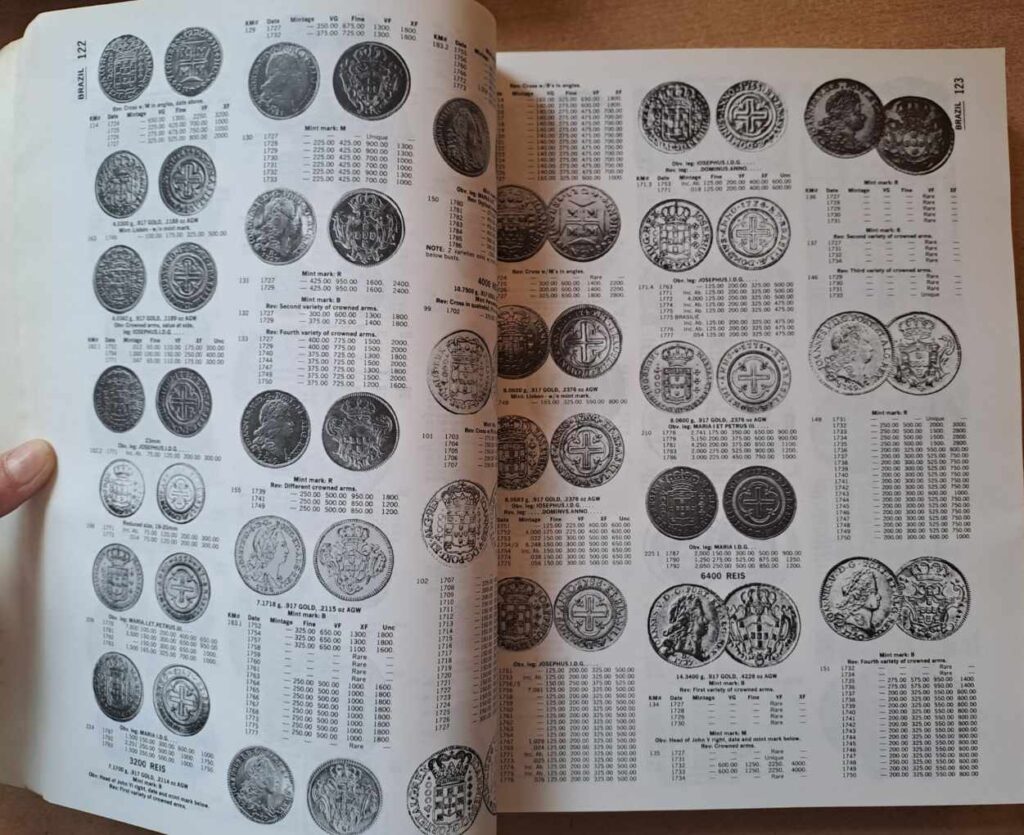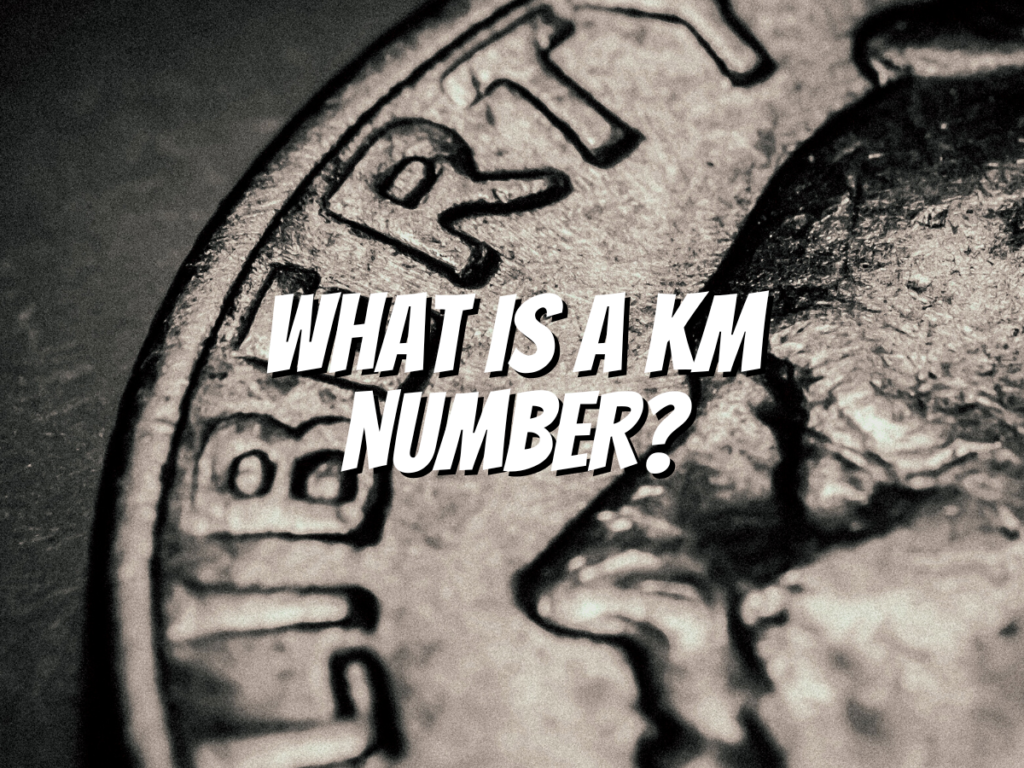What is a KM Number? KM numbers are unique identifiers applied to coins by the country of origin.
These numbers help identify the type and year of minting and whether or not the coin has been circulated.
Chester Krause and Cliff Mishler invented KM numbers as a shorthand for collectors to easily identify coins without giving long descriptions.
Instead of giving a long description, all one needs to do is give the country, date, denomination, and KM number, and any collector with the Standard Catalog of World Coins can tell you what it is.
KM numbers are frequently abbreviated as “KM#” and are listed prominently on collecting sites like Numista and World Coin Gallery.
They are a standard for identifying coins worldwide and an important tool for collectors and dealers alike.
KM numbers can help collectors determine the rarity and value of a coin and its historical significance.
What is a KM Number?

KM number, also known as Krause-Mishler Catalog Number, is a system coin collectors use to classify coins based on their characteristics.
It was created by John F. Mishler and Charles Krahl at Random House Books in 1970 as part of their Encyclopedia of United States Silver Coins book series, also known as the “Red Book.”
The KM number is a unique identifier assigned to a specific coin type, which includes information such as the country of origin, year of mintage, and denomination.
It is widely used by collectors and dealers alike as a reference tool for identifying and evaluating coins.
The KM number system is not limited to US coins but also includes coins from around the world.
Each coin type is assigned a unique number, which is used to identify and differentiate it from other coins.
For example, the KM number for a 1921 Morgan Silver Dollar is KM# 110.
The KM number system is constantly evolving, with new coins being added and existing coins being updated.
Collectors and dealers need to stay up-to-date with the latest KM numbers to ensure accurate identification and valuation of coins.
History and Origin of KM Number

The KM numbering system is widely used by coin collectors, dealers, and auction houses. Using the authors’ initials as catalog number types is an accepted practice in numismatic cataloging.
The KM simply stands for “Krause-Mishler,” as Chester L. Krause and Clifford Mishler are the original authors of the Standard Catalog of World Coins.
The KM number system is based on a hierarchical organization of information, with each coin assigned a unique number based on its country, denomination, and year of issue.
This system has proven to be highly effective in organizing and cataloging coins, making it easier for collectors to identify and value their collections.
Today, the KM numbering system is widely recognized as the standard for cataloging and valuing world coins.
Coin collectors and dealers worldwide use it, and it has become an essential tool for anyone interested in numismatics.
Importance of KM Number
KM Number is an essential feature in the world of coin collecting.
It helps collectors and dealers keep track of the coins they own and can also be used to determine a coin’s value.
Here are some reasons why KM Number is important:
- Identification
- KM Number is a unique identifier for each coin that has been minted. It helps collectors and dealers identify and distinguish a coin from others that may look similar.
- Organization
- KM Number allows collectors and dealers to organize their coins by country, date, and denomination. This makes it easier to keep track of their collections and find specific coins when needed.
- Valuation
- KM Number is also used to determine the value of a coin. The Standard Catalog of World Coins, which uses KM Number as a reference, provides information on the rarity and condition of each coin, which can affect its value.
- Accuracy
- KM Number provides a standardized system for identifying coins, which reduces the risk of errors and confusion. This is especially important for coins from different countries and periods with different designs and inscriptions.
In summary, the KM Number is a crucial tool for coin collectors and dealers.
It allows for accurate identification, organization, and valuation of coins, making it an essential part of the numismatic world.
The KM number is a unique identifier for coins that collectors and dealers use to keep track of their collections and determine the value of a coin.
Finding the KM number can be done through various means, including online databases, physical books, and local libraries.
Collectors need to know the KM number of their coins as it can impact the value of their collection.
The KM number provides important information about the coin, including its country of origin, year of issue, and denomination.
Before you go…
Understanding the KM number and its significance in coin collecting can benefit collectors and dealers alike. By utilizing resources such as online databases and physical books, collectors can easily find the KM number of their coins and make informed decisions about their collections.
Check out my next article: “What is Morgan Dollar Vam Price Guide.”
Related Articles:

